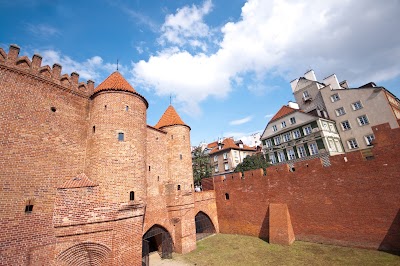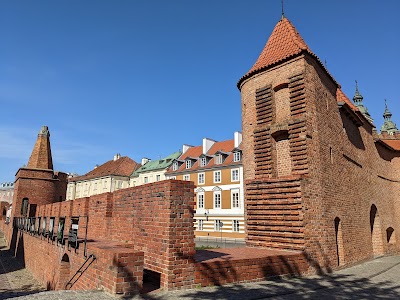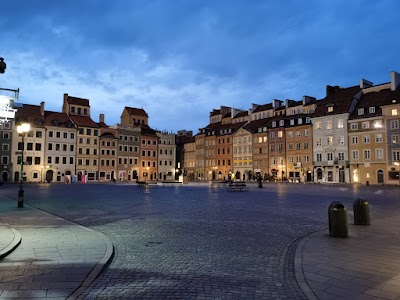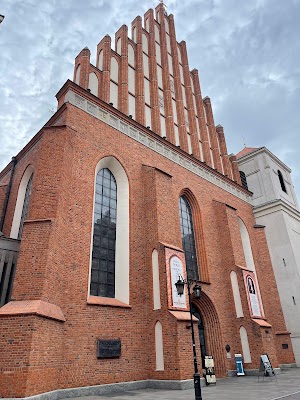Warsaw Barbican (Barbakan Warszawski)
Overview
Situated in the heart of Warsaw, Poland, the Warsaw Barbican is one of the most captivating historical fortifications to explore. Nestled between the Old and New Towns, this well-preserved relic tells the story of Poland's turbulent past through its robust construction and rich history.
Constructed in 1540, the Warsaw Barbican was designed by the renowned architect Jan Baptist the Venetian, incorporating advanced fortification techniques from Italy. Originally a key defensive structure, the Barbican was an integral part of Warsaw's city walls, bolstering the city's defenses against potential invasions.
Throughout its storied history, the Barbican has witnessed numerous conflicts. One of its most notable roles occurred during the Swedish Wars in the mid-17th century, where it faced significant challenges from invading forces. Despite these attacks, the sturdy construction of the Barbican played a crucial role in protecting the city and its residents from devastation.
As centuries passed, the Barbican fell into disrepair. By the 18th century, its military significance had diminished, transforming it into a historical landmark rather than a defensive necessity. During World War II, like much of Warsaw, the Barbican suffered extensive damage. However, it was lovingly restored in the 1950s as part of a larger effort to rebuild the city, which had been heavily bombed and nearly destroyed.
Today, the Warsaw Barbican stands as a symbol of the city’s resilience and history. With its red-brick fortification, turreted towers, and thick walls, it invites visitors to step back in time and imagine life in medieval Warsaw. As you walk through its arched gates and along the ancient parapets, you can almost hear the echoes of centuries past.
One of the most striking features of the Barbican is its well-preserved Renaissance architecture, providing a tangible link to its construction period. The design, including the semi-circular bastion and loopholes for archers and cannoneers, offers a fascinating glimpse into the military engineering of the time.
For many visitors, the Barbican is more than just a historical structure; it serves as a gateway into Warsaw's Old Town, a UNESCO World Heritage site. The vibrant area surrounding the Barbican is alive with charming cobblestone streets, picturesque squares, and an array of cafes and shops, making it the perfect starting point for a day of exploration.
The nostalgia that envelops the Barbican during annual events and festivals is particularly enchanting. Seasonal markets often set up nearby, offering traditional Polish crafts, foods, and souvenirs, creating a delightful experience for tourists eager to take a piece of Warsaw home with them.
As you explore, be sure not to miss the small museum located inside the Barbican. It features various exhibits that chronicle the history of Warsaw’s fortifications and provide insight into the daily lives of its defenders and residents. This museum offers a comprehensive understanding of not just the Barbican, but also the broader historical context of Warsaw’s development.
An interesting fact about the Barbican is its impact on art and culture. The fortification and its surroundings have been depicted in numerous paintings, literature, and films, symbolizing Warsaw's enduring spirit. For photographers, the Barbican provides an ideal backdrop, with its towering structures offering numerous vantage points to capture the essence of the city’s medieval charm.
In conclusion, the Warsaw Barbican is more than just a relic of the past; it is a vibrant testament to the city’s rich history and resilience. Whether you’re a history buff, an architecture enthusiast, or simply someone looking to soak in the atmosphere of one of Europe's most charming capitals, the Barbican offers an unforgettable journey through time. Be sure to add this landmark to your travel itinerary and experience firsthand the echoes of history that continue to resonate through the streets of Warsaw.







